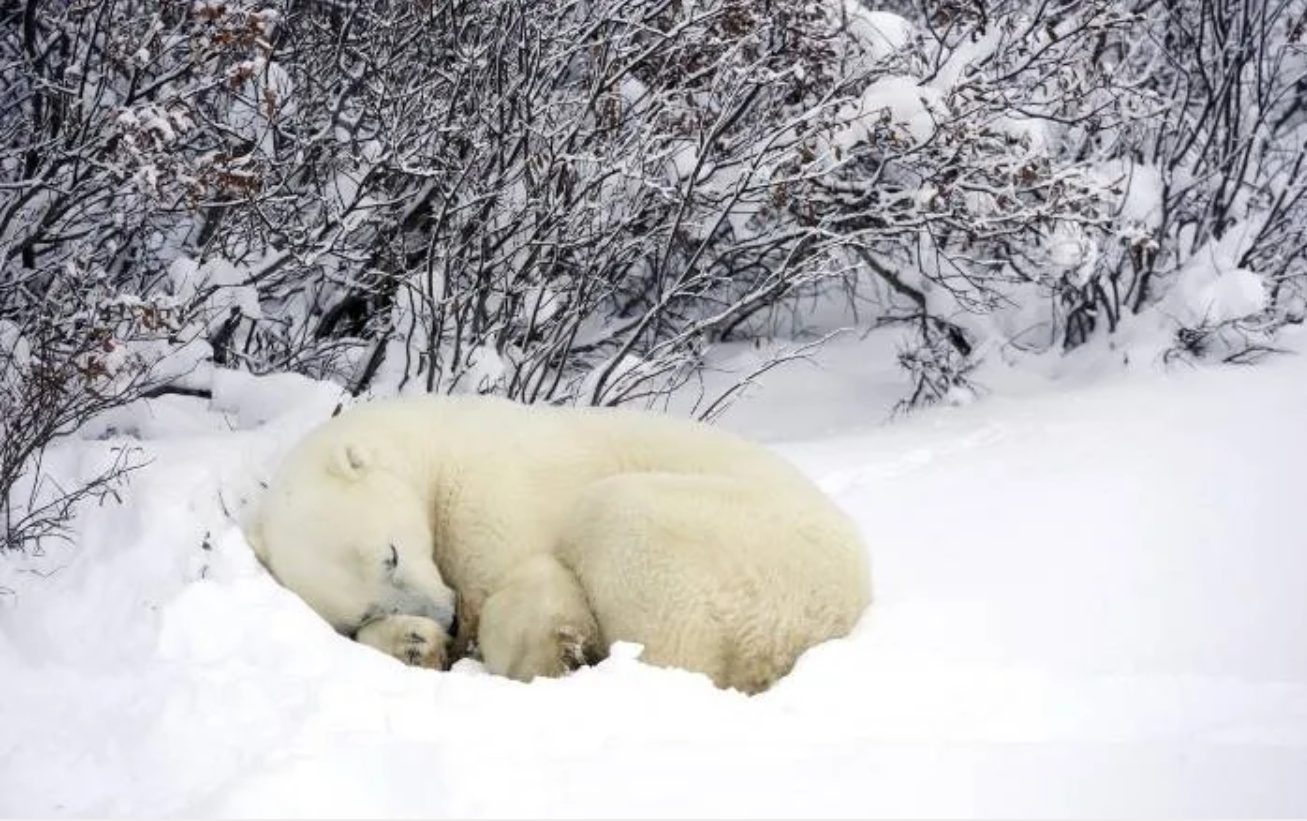
https://polarbearfacts.net/where-do-polar-bears-sleep/
Arctic climate change: exploring the Natural Aerosol baseline for improved model Predictions
Duration: started November 2021
Scope: To date the relations between Arctic environmental variables that drive aerosol processes and hence their climate effects are poorly characterized. The main reasons are: (a) Direct observation is difficult because processes are complex and involve many variables at local and regional scales. The observations are carried out by different parties (e.g., running of a local observatory vs satellite missions), and data come in different temporal and spatial resolutions, they have different uncertainties and particularly in situ aerosol observations often have gaps. (b) Physics-based models generally only contain crude representations of natural aerosol processes, and often key states of the Arctic environment are prescribed rather than interactively modeled (e.g., sea ice extent which has an effect on sea spray generation). In this project, we aim to overcome these challenges and to
- identify which Arctic environmental variables drive climate-relevant aerosol properties,
- quantify the relationships between environmental driver and aerosol target variables, and
- evaluate the performance of Earth System Models for their representation of Arctic environmentally driven aerosol properties.
We will use long-term aerosol observations from several Arctic stations, weather re-analyses data, back trajectories and other information as input to a data-driven model to be coded in this project.
Partners: Stockholm University, University of Leeds
Funding: This project will be carried out with funding from the Swiss Data Science Center.

Contact: [email protected]